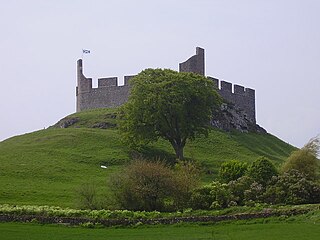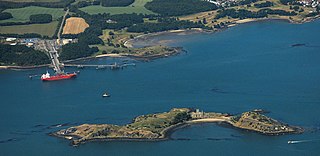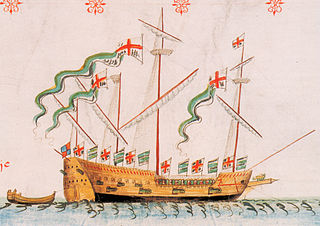 W
WThe Rough Wooing was part of the Anglo-Scottish Wars of the 16th century between Scotland and England. Following its break with the Roman Catholic Church, England attacked Scotland, partly to break the Auld Alliance and prevent Scotland being used as a springboard for future invasion by France, partly to weaken Scotland, and partly to force Scotland to agree to a marriage alliance between Mary, Queen of Scots, and the English heir apparent Edward, son of King Henry VIII. An invasion of France was also contemplated. Henry declared war in an attempt to force the Scots to agree to a marriage between Edward, who was six years old at the start of the war, and the infant queen, thereby creating a new alliance between Scotland and England. Upon Edward's accession to the throne in 1547 at the age of nine, the war continued for a time under the direction of the Duke of Somerset, before Somerset's removal from power in 1549 and replacement by the Duke of Northumberland, who wished for a less costly foreign policy than his predecessor. It was the last major conflict between Scotland and England before the Union of the Crowns in 1603.
 W
WHume Castle is the heavily modified remnants of a late 12th- or early 13th-century castle of enceinte held by the powerful Hume or Home family, Wardens of the Eastern March who became successively the Lords Home and the Earls of Home. The village of Hume is located between Greenlaw and Kelso, two miles north of the village of Stichill, in Berwickshire, Scotland.. It is a Scheduled Ancient Monument, recorded as such by Historic Environment Scotland.
 W
WInchcolm is an island in the Firth of Forth in Scotland. It was repeatedly attacked by English raiders during the Wars of Scottish Independence, and was fortified during both World Wars to defend nearby Edinburgh. Inchcolm now attracts visitors to its former Augustine Abbey.
 W
WInchkeith is an island in the Firth of Forth, Scotland, administratively part of the Fife council area.
 W
WPeter Pomegranate was a warship of the English Tudor navy, built in 1510. Her name most likely was in honour of Saint Peter and the badge of Queen Catherine of Aragon, a pomegranate.
 W
WThe Royal Scots Navy was the navy of the Kingdom of Scotland from its origins in the Middle Ages until its merger with the Kingdom of England's Royal Navy per the Acts of Union 1707. There are mentions in Medieval records of fleets commanded by Scottish kings in the twelfth and thirteenth centuries. King Robert I, developed naval power to counter the English in the Wars of Independence (1296–1328), and after the establishment of Scottish independence continued to build up naval capacity. In the late fourteenth century naval warfare with England was conducted largely by hired Scots, Flemish and French merchantmen and privateers. King James I, took a greater interest in naval power establishing a shipbuilding yard at Leith and probably created the office of Lord High Admiral.
 W
WSalamander was a warship of the 16th-century Royal Scots Navy. She was a wedding present from Francis I of France to James V of Scotland.